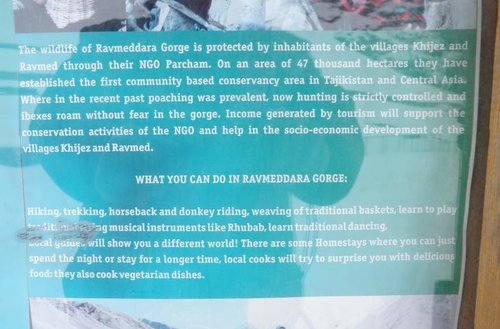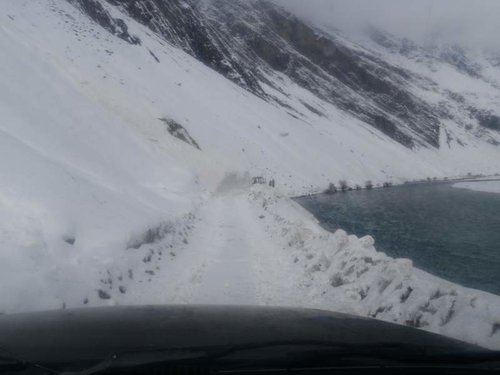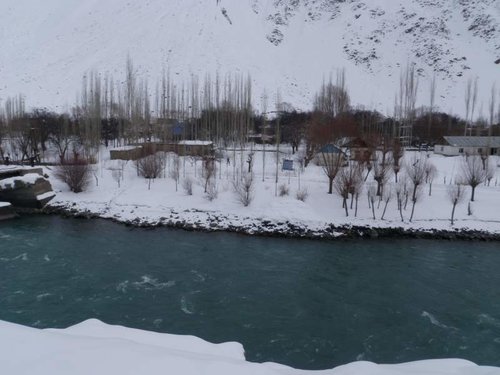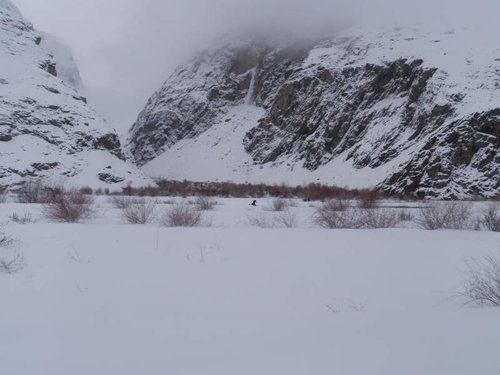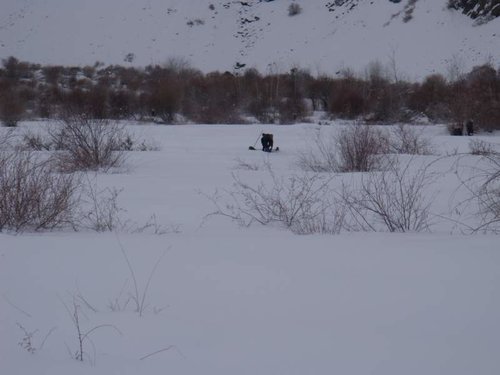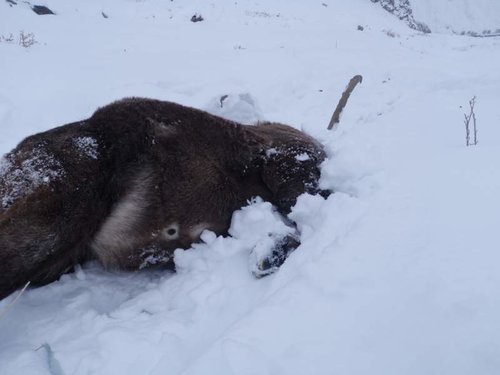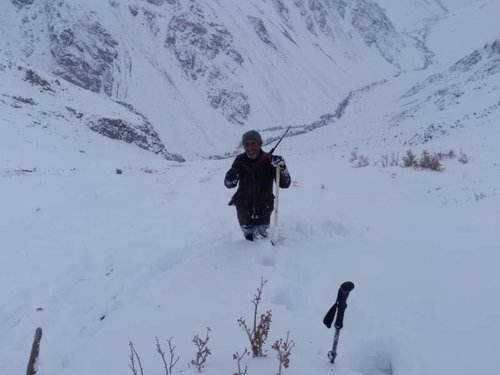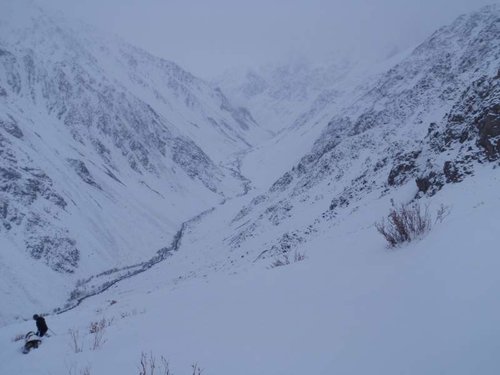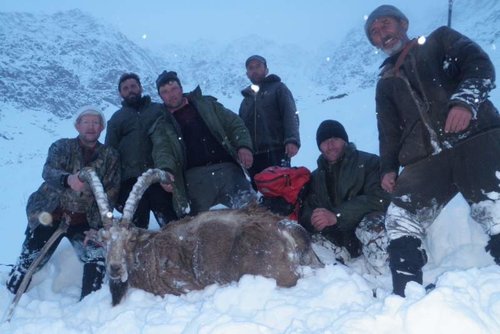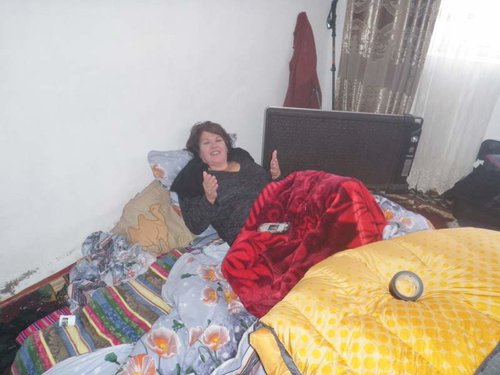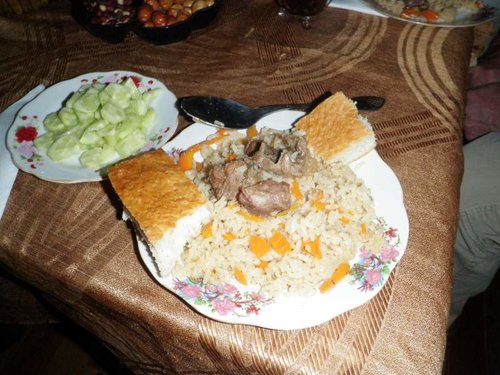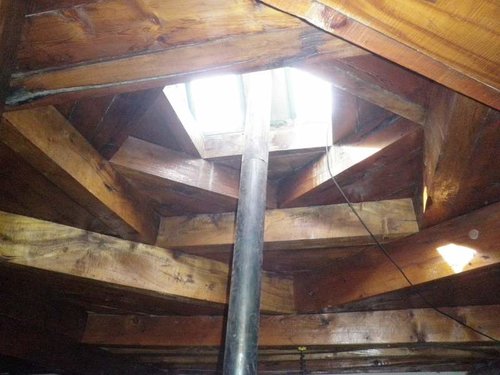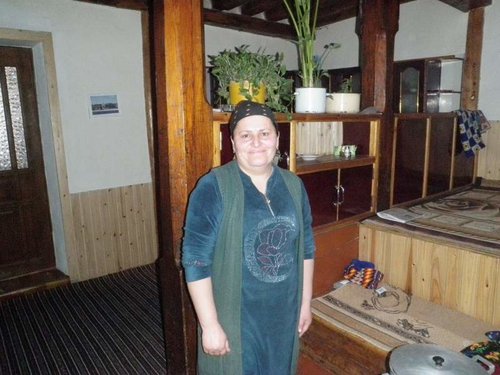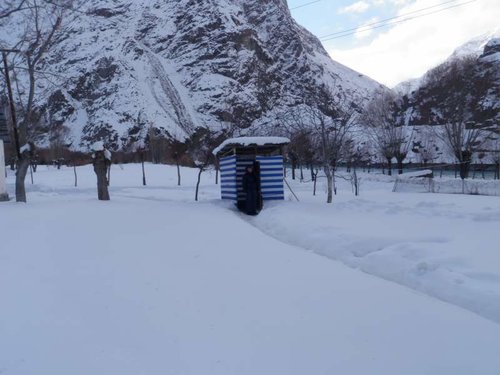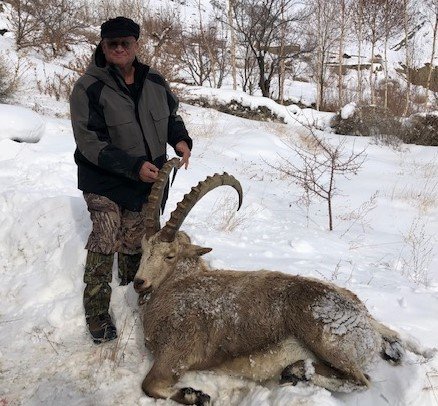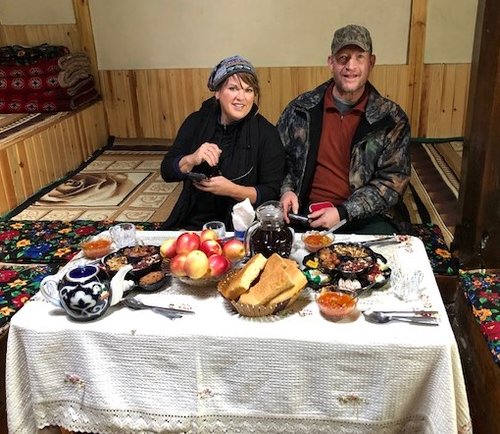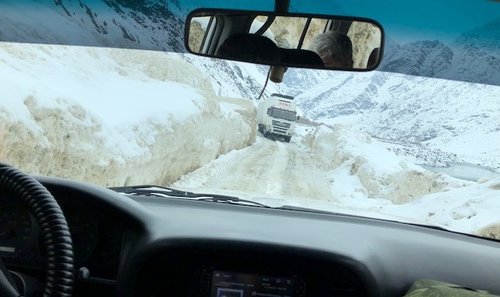2019 LEGISLATIVE SESSION
Senate panel passes elk shoulder season measures
House
Joint Resolution 18, sponsored by Rep. Wylie Galt, R-Martinsdale, is a
way to help the Montana Fish and Wildlife Commission make the shoulder
season more effective and harvest more elk, he testified. Galt also
modified the resolution to suggest the inclusion of a list of
participating landowners, the dates they would like to see hunters, whom
to contact and any restrictions they may have for hunters.
Also
sponsored by Galt was House Bill 497 that would allow three cow elk to
be killed by a hunter each season. Right now a hunter is allowed to kill
two cow elk a season.
“This doesn’t mandate anything,” Galt said.
Quentin
Kujala, Wildlife Bureau coordinator for FWP, said in some hunting
districts with shoulder seasons the department’s objectives were being
met in the first two years. Data from this past season is still being
collected and tabulated.
Both measures already passed the House, 59-40. The legislation will now move to the full Senate for consideration.
Opposition
Only
the Skyline Sportsmen’s group, represented by Sam Milodragovich,
opposed HB 487. He said access to elk on private land is the biggest
problem and the bill wouldn’t address that.
“We
believe if you want to limit elk numbers … you have to do it during the
regular season when elk are moving,” he said, not during extended
seasons when fewer hunters are in the field.
Providing more tags doesn’t get to the meat of the problem, Milodragovich said.
HJ 18
He
was not alone, however, in opposing HJ 18. Yet even opponents said they
could support the resolution with changes. Those changes included
removing public lands from shoulder season hunts, as the resolution
advises, and suggesting specific dates for the hunt.
“We’re basically not giving elk a break for six months,” said Nick Gevock of the Montana Wildlife Federation.
Jerry
Davis of the Montana Bowhunters Association said the Legislature should
wait until the Fish and Wildlife Commission gets its report in August
or September on how well the shoulder season has worked over the past
three years before making any decisions.
“We really don’t know if they’re effective in redistributing elk and do what they are supposed to do,” he said.
Thomas
Baumeister, of the Helena Hunters and Anglers, said his group could
support the resolution if the recommended hunt was shorter.
“Don’t
hit them so hard when they are most vulnerable,” he said, in the late
summer when calves are only a couple of months old and mid-winter when
conditions for survival are difficult.
Milodragovich pointed out
that the point of the shoulder seasons is to move elk off of private
land. Allowing hunting on adjacent public lands is in opposition to the
original intent of the season.
Support
Committee
member Sen. Mike Lang, R-Malta, said he supported the resolution as a
way to deal with overpopulations of elk in his region.
“What that says is we haven’t done a good job of managing in that area,” he said. “That’s what this is all about.”
Sponsor
Galt,
whose family is one of the largest landowners in Montana, said allowing
hunting on public land during the shoulder season helps hunters keep
hunters from accidentally straying onto landlocked public land and
breaking the law while hunting during the extended season.
“This isn’t one legislator making law, it is ideas for the commission to take,” Galt said.
He
then lashed out at the sporting groups opposing his bill, saying its
“rare” that they say to landowners, “How can we help you? They just come
and demand stuff.”





